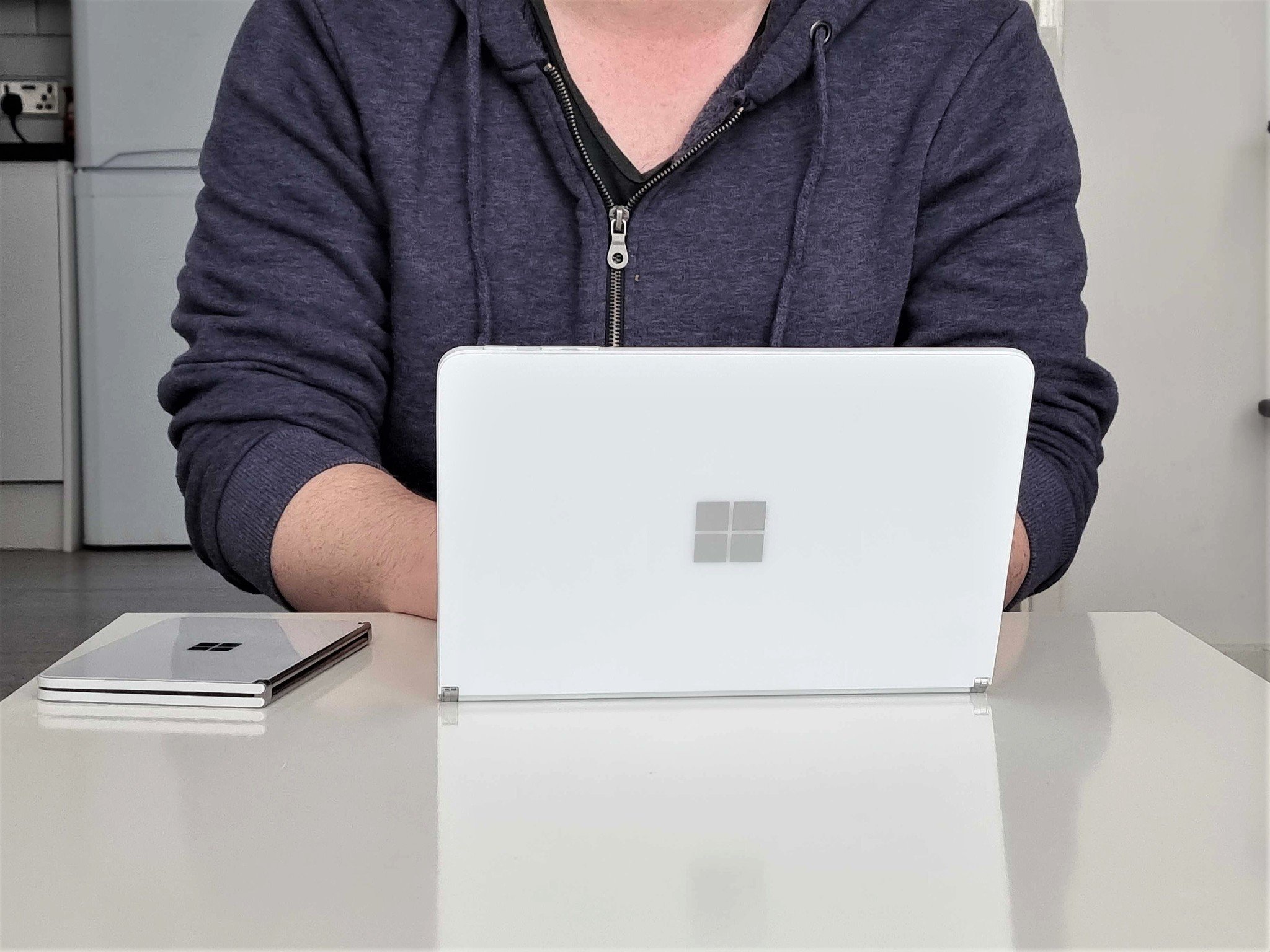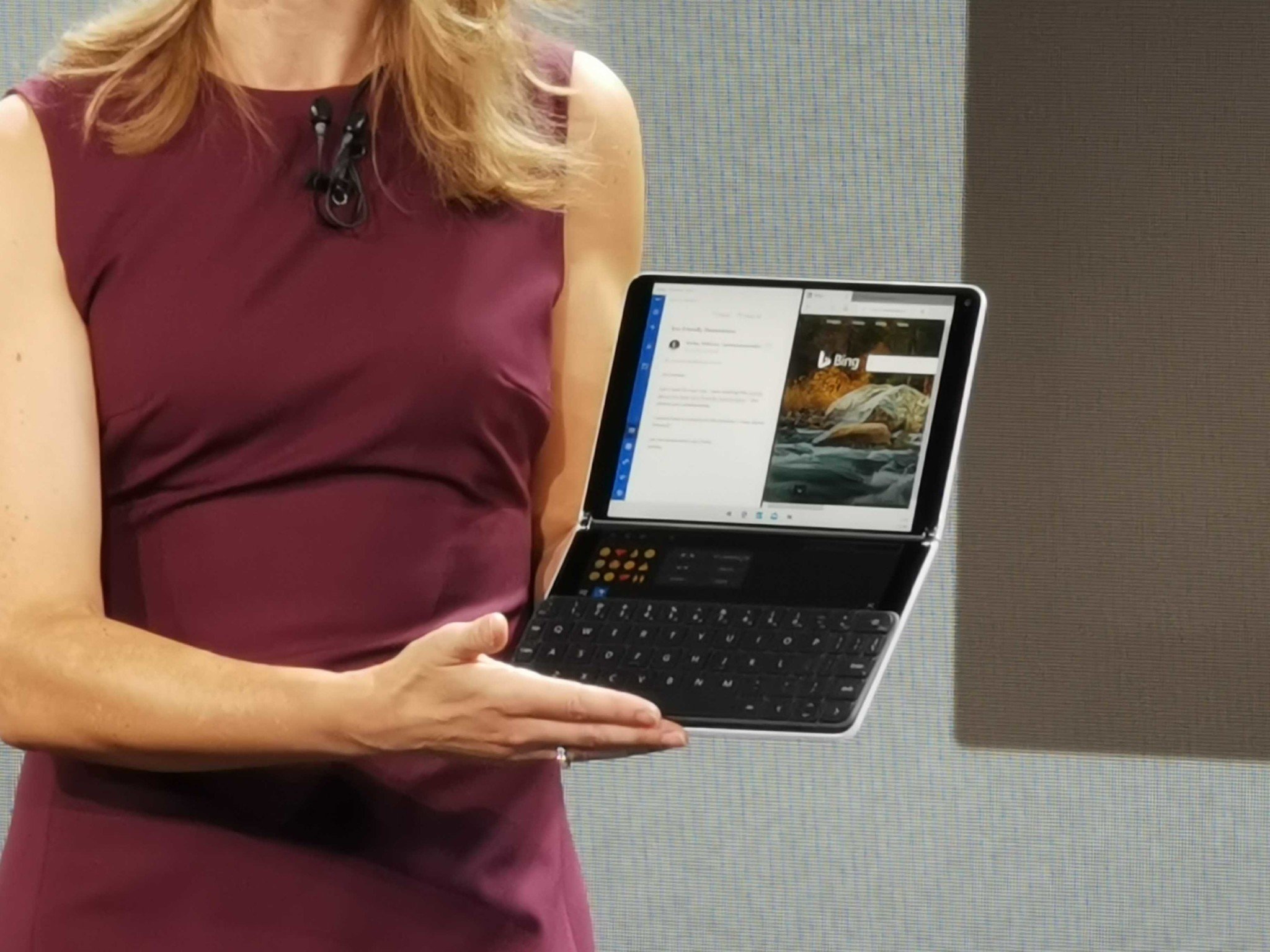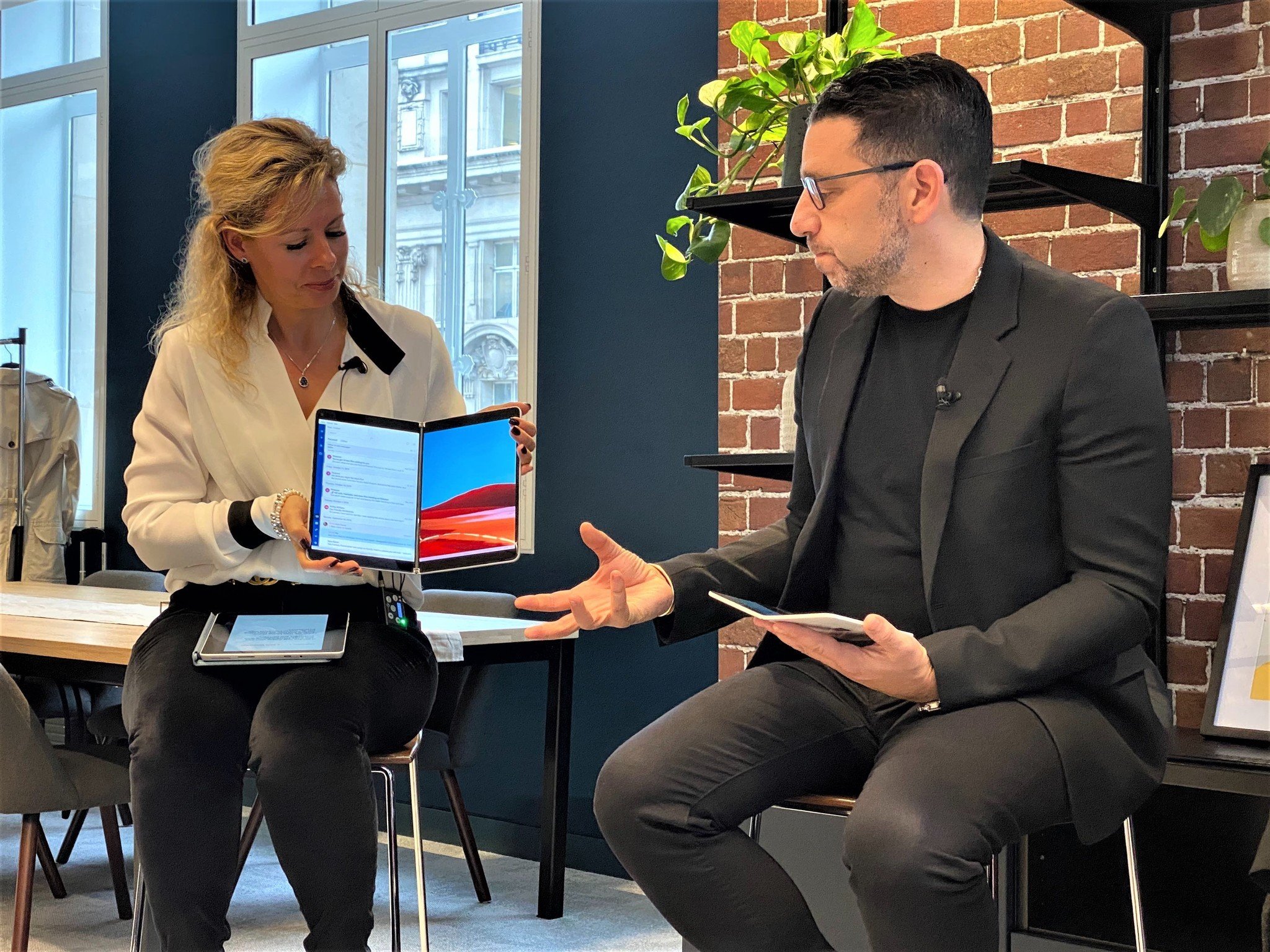It’s been 1000 days since Microsoft unveiled the Surface Neo
Still unreleased, 1000 days on

Today marks 1000 days since Microsoft unveiled the Surface Neo to the world. It also unveiled a number of other products, including the Surface Pro X and Surface Duo. All of the products announced on October 2, 2019 have since shipped to varying degrees of success, except for one: Surface Neo, the product many of us were most excited for still hasn't shipped. So, 1000 days on, what happened?
The last official word from Microsoft on the whereabouts of Surface Neo is that it has been postponed alongside Windows 10X. In reality, both projects are pretty much dead, with no active plans to bring either to market any time soon.
Because of this, Surface Neo as a product is still shrouded in mystery. Microsoft didn't share much info when it was unveiled, and certainly hasn't shared more info since. So, here's everything I've heard about the Surface Neo over the last couple of years, from those familiar with the product and Microsoft's plans for it at the time.
These were some of the specs
Microsoft never officially detailed all the specs for the Surface Neo, but over the last two years I have heard bits of info from people internally at Microsoft who were testing the hardware. Each display had a resolution of 1440 x 1928, and the entry-level model had 8GB RAM with 128GB storage. The device was powered by an Intel Core i5-L16G7, the same chip found in the Lenovo ThinkPad X1 Fold.
I’m unsure if Microsoft ever confirmed that the Surface Neo would support LTE, but there were certainly versions of the hardware that did internally. In fact, the LTE models had a unique way of hiding the SIM tray door; by building it into the volume rocker.
To insert a data SIM into the Surface Neo, you would simply pull out the volume rocker to reveal a tray to place the SIM into. It's a great idea that helped keep the overall design of Surface Neo clean and minimalist.
| Specs | Surface Neo |
| Display | 2x 9-inch 1440x1928 touchscreen displays |
| Processor | Intel Core i5-L16G7 |
| RAM | 8GB |
| Storage | 128GB |
| Weight | 655 grams |
| Dimensions | 5.6mm thick |
It was prone to overheating
Several sources have mentioned that the prototype hardware that Microsoft had built for Surface Neo at the time was prone to serious overheating. Multiple contacts have told stories about how the Surface Neo had to be kept under a fan or on cooling pads in testing labs, as well as backstage at the announcement event in October 2019 just to keep it cool enough for demos.
All the latest news, reviews, and guides for Windows and Xbox diehards.
I hear there are a handful of reasons for this, with the primary one being a combination of unfinished drivers from Intel paired with the incredibly thin Surface Neo chassis. There’s no saying whether this issue would have been solved with finalized drivers, as I understand the Lakefield chip that was powering the Neo wasn’t all that efficient to begin with. Plus, Intel would end up discontinuing this specific line of processors not even a year later.
It was very small in laptop mode

A big complaint I’ve heard from contacts who were testing the hardware internally was that it was very small when in “laptop mode.” The keyboard accessory was cramped, and paired with the small 9-inch screen, it just wasn’t very enjoyable or productive to use. Many find the Surface Go to be too small, and that’s a 10.5-inch device. The Neo was a full 1.5-inches smaller than that.
Of course, there were other postures you could use, including the ability to use the two screens side by side as an extended dual-screen monitor setup paired with a Bluetooth keyboard and mouse. This would give you 13-inches of screen to work with, which is more comparable to a normal-sized laptop.
But there's no denying that the Surface Neo had a little bit of an identity crisis. It was a great and large digital journal, but was less good at being a full-blown productive PC.
Windows 10X was rough
I think it’s fair to say at this point that Windows 10X was a bit of a mess. Microsoft pulled the plug on it before it was really finished, but multiple contacts have described the painful dogfooding process of Windows 10X on the Surface Neo.
Unsurprisingly, Microsoft as a company uses Microsoft Teams for work related communication, and it’s a pretty vital part of a lot of Microsoft employees' workflows. Windows 10X was an OS that didn’t support legacy Win32 apps natively, meaning the OS would essentially spin up a VM of full Windows whenever the user launched a legacy app.
This was an incredibly slow experience on Surface Neo. Teams running natively on full Windows is quite slow on a good day, so imagine running it on an overheating, underpowered chip that also has to virtualize the app via a VM running full Windows on top of a lightweight version of Windows. It was a recipe for disaster, and those who needed to use Teams felt it the hardest.
Plus, there were issues with the virtualization technology itself. I’ve heard that because of how the tech worked, Windows 10X would put the legacy app to sleep when it wasn't on-screen after X number of minutes to save battery and resources. This would subsequently disable the ability to receive toast notifications, which was another big problem for those using Teams.
Surface Neo as we know it isn’t postponed; it’s dead

Microsoft’s official word on the status of Surface Neo is that the product has been postponed, but my sources tell me that the Surface Neo that was announced is dead and will never ship. That vision, with an Intel Lakefield chip and two 9-inch displays in that exact chassis is dead, which honestly shouldn’t come as much of a surprise at this point.
Now, that doesn’t mean Microsoft can’t revive the idea with revised hardware down the line, but my sources are clear that there is no active plan to do so at this time. A Surface Neo-type device is not on the cards for this year. Who knows what the future holds beyond that, but I’m not holding my breath.
That said, plans can change, and maybe Microsoft will bring back the dual-screen Surface Neo for another go at some point down the line. But I think it’s very unlikely at this point. If anything, Microsoft is more likely to ship a single-screen foldable instead, as that form factor is still very much up and coming in the PC space.


